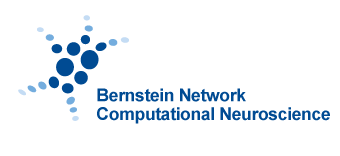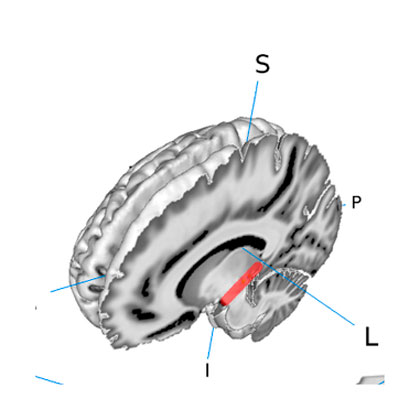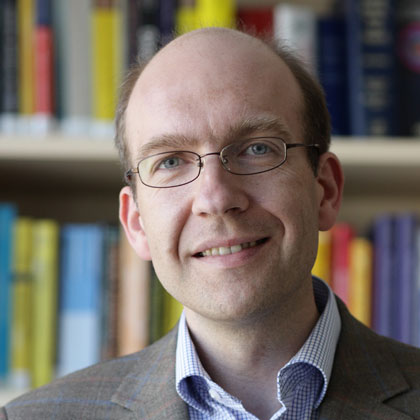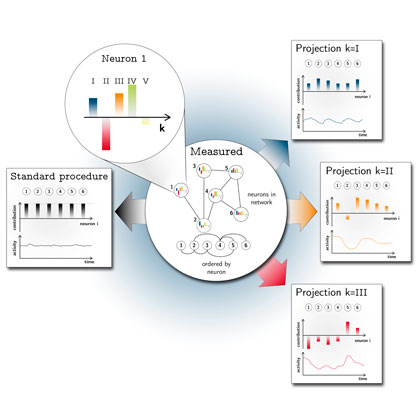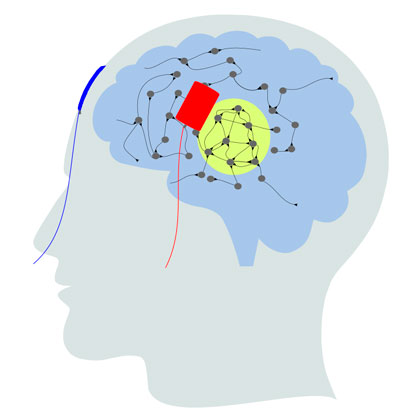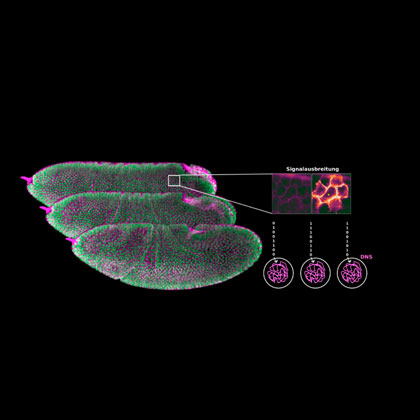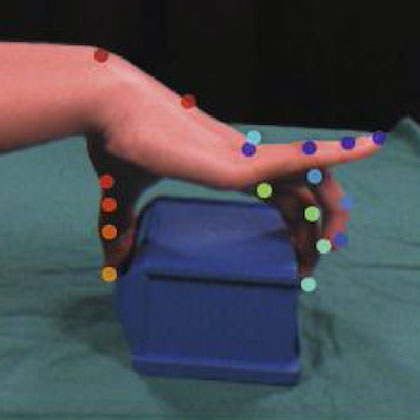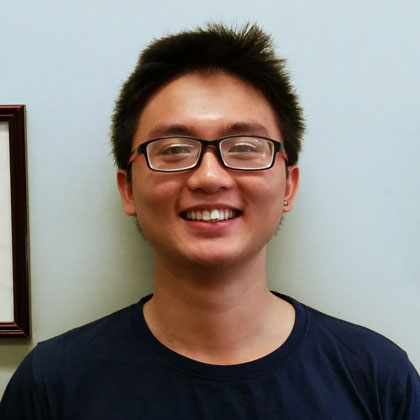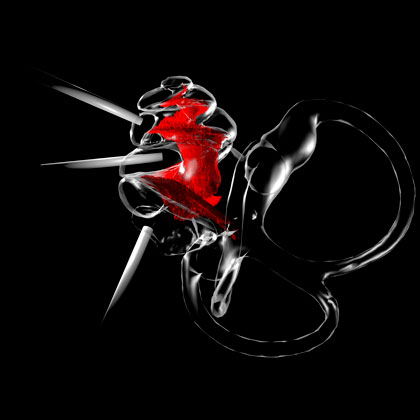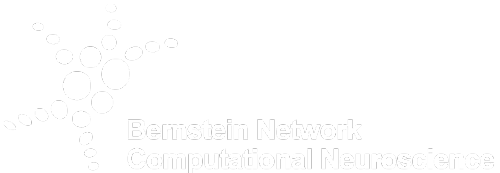Bernstein Network News. Find the latest news from our researchers regarding current research results, new research projects and initiatives as well as awards and prizes.
Can you hear what I say?
Neuroscientists at TU Dresden were able to prove that speech recognition in humans begins in the sensory pathways from the ear to the cerebral cortex and not, as previously assumed, exclusively in the cerebral cortex itself.
Machine learning moves into chemistry
BASF and Technische Universität Berlin (TU Berlin) have signed an agreement to cooperate closely in the area of machine learning. The aim of the Berlin-based Joint Lab for Machine Learning (BASLEARN) is to develop workable new mathematical models and algorithms for fundamental questions relating to chemistry, for example from process or quantum chemistry. Both partners are jointly committed to this aim in the coming years. As an essential part of the cooperation, BASF will support the research work of Dr. Klaus Robert Müller, professor of machine learning and spokesperson for the Berlin Center for Machine Learning at TU Berlin, with a total of over €2.5 million over the coming five years.
Markus Diesmann full member of the the Academy of Sciences and Literature | Mainz
The Academy of Sciences and Literature | Mainz has admitted six new members. The full members now include Markus Diesmann, neuroscientist, Elisabeth Rieken, linguist, and Judith Schalansky, author. New corresponding members are Lutz H. Gade, chemist, Wulfram Gerstner, neuroscientist, and Aleš Šteger, author.
Hidden Dynamics Detected in Neuronal Networks
Neuronal networks in the brain can process information particularly well when they are close to a critical point – or so brain researchers had assumed based on theoretical considerations. However, experimental investigations of brain activity revealed much fewer indicators of such critical states than expected. Scientists from Forschungszentrum Jülich and RWTH Aachen University have now proposed a possible explanation. They showed that neuronal networks can assume a second, previously unknown critical mode whose hidden dynamics are almost impossible to measure with conventional methods.
Simulating the effect of transcranial brain stimulation
The long-lasting aftereffects of non-invasive transcranial direct current stimulation (tDCS) promise an alleviation of severe symptoms of diseases like depressive disorder or chronic pain. In a new modeling study, researchers from the Bernstein Center Freiburg suggest that the aftereffects observed in experiments may be a consequence of homeostatic network growth. Their model is based on the idea that the stimulation triggers a rearrangement of synaptic couplings among stimulated and unstimulated neurons, eventually leading to network remodeling and cell assembly formation.
Research funding for the digital orientation of Life Sciences
Funding of "Deep Learning Methods for Association Studies of Transcriptomic and Systemic Dynamics in Morphogenetically Active Tissues"
Recognizing pathological movement patterns – with the help of artificial intelligence
Göttingen research project "Deep Movement Diagnostics" receives around 1.2 million euros for the development of three-dimensional reconstructions of movement patterns
Brains for Brains Award 2019 for Tuan Pham from Vietnam/ USA
Tuan Pham from the University of Chicago (USA) will be awarded this year's Brains for Brains Young Researchers Award of the Bernstein Network Computational Neuroscience.
The scientific case for brain simulations
HBP scientists argue for brain simulators as “mathematical observatories” for neuroscience
Hearing the light: how artificial hearing could become more natural
Researchers at the University Medical Center Göttingen (UMG) and the German Primate Center – Leibniz Institute for Primate Research (DPZ) are demonstrating improved frequency resolution of artificial hearing using optical stimulation of the inner ear.
